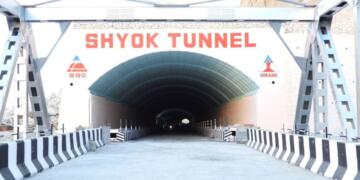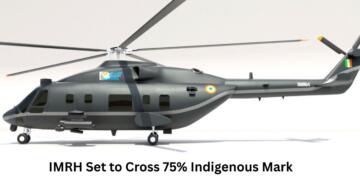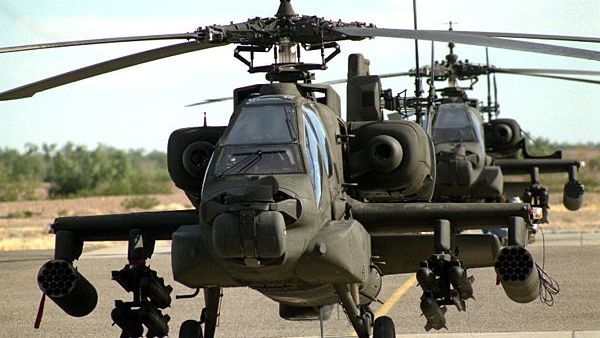The Indian Army has formally received the first batch of AH-64E Apache attack helicopters from the United States, marking a major upgrade to its aerial combat capabilities. The helicopters arrived at Hindon Air Force Station near Delhi on Sunday and will soon be deployed along India’s western borders, significantly boosting offensive readiness.
This delivery is part of a $600 million deal signed in 2020, under which India agreed to acquire six of these next-generation helicopters through the US Foreign Military Sales program. Unlike the earlier batch of Apaches operated by the Indian Air Force, these are intended specifically for the Indian Army’s Aviation Corps, which will use them in frontline roles.
Despite initial plans to deploy the helicopters in 2024, the delivery faced long delays due to supply chain issues and production backlogs in the US. The Indian Army had already set up its Apache squadron at Jodhpur’s Nagtalao airbase last year, but the unit remained inactive awaiting the arrival of the aircraft.
Deployment and Operational Plans
The newly arrived helicopters will soon undergo a joint inspection in Jodhpur before they are officially inducted into service. Once cleared, they will join the dedicated Apache squadron operating under the Army’s Western Command, which oversees security operations along the Pakistan border.
These Apaches are expected to be stationed strategically in Rajasthan and Punjab sectors, where they will carry out missions such as anti-armor strikes, precision attacks, and armed reconnaissance. Their ability to engage targets at extended ranges gives the Army significant tactical advantages in high-risk border areas.
Apache: The ‘Flying Tank’
The AH-64E Apache is widely regarded as one of the most lethal attack helicopters in the world. It is equipped with:
A 30 mm chain gun
Hellfire missiles for air-to-ground strikes
Stinger missiles for air-to-air defense
Advanced sensors, radar, and night-vision capabilities
The Longbow radar system mounted above its rotor allows it to detect threats in 360 degrees, even in challenging weather and terrain. Its advanced avionics and targeting systems give it an edge in day and night operations, making it ideal for both defensive and offensive missions.
Strategic Significance
The Apache’s arrival is part of India’s broader efforts to modernize its military and enhance readiness along critical border zones. These helicopters serve as a major force multiplier for the Indian Army, especially in areas where Indian Air Force support may be limited or delayed.
With the inclusion of Apaches, the Army’s Aviation Corps will now operate a diverse fleet that includes Rudra and LCH Prachand helicopters, ALH Dhruv variants, and UAVs, creating a more flexible and powerful combat aviation unit.
What’s Next?
The remaining three helicopters from the six-unit order are expected to arrive by the end of 2025, completing the Army’s first dedicated Apache squadron.
Ground crew and pilots have already undergone training to operate and maintain these helicopters, ensuring they can be quickly deployed for operational duties.
The Apache fleet will work alongside indigenous platforms like the Light Combat Helicopter (LCH), helping to develop a balanced mix of imported and locally developed technology.
The induction of the Apache AH-64E helicopters into the Indian Army is a game-changing development. Their firepower, accuracy, and advanced battlefield awareness capabilities significantly enhance India’s military strength, particularly along its western borders with Pakistan. As geopolitical challenges persist, these aircraft represent not just an upgrade in hardware, but a firm step in India’s strategic vision of building a self-reliant, modern, and high-tech defense force.





























